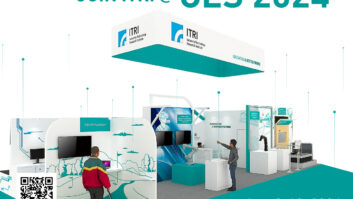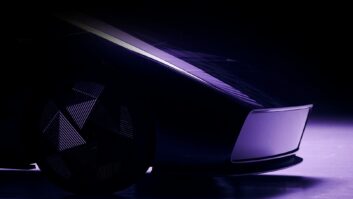Ni hao from Shanghai! I’m writing from the first-ever CES Asia, where about 25,000 attendees, a vast majority from China and other Asia Pacific companies, flocked to the absolutely colossal Shanghai New International Expo Center to see the latest cutting-edge emerging technologies and products from Asian and Western companies alike.
At first blush, the show was a huge success. The traffic on the show floor was dense and hectic. The level of excitement was palpable and the various executives I spoke to, and watched speak, over the course of three days, to a person acknowledged the growing importance of the Asian market.
There were some staggering numbers thrown around by various speakers, all pointing to the inevitable conclusion that the nascent Chinese economy is destined to massively surpass every other economy in the world. Here are some facts:
• There are 1.39 billion Chinese consumers.
• Consumer electronics sales in China in 2015 are expected to reach $281 billion, surpassing CE sales in the U.S. for the first time.
• There are 649 million web users in China.
• By 2030, the Chinese middle class will represent 68 percent of the middle class of the entire world — just think about that.
• Retail sales in China last year hit $4.28 trillion.
For technology companies the lesson is clear: Ignore China at your own peril.
The Consumer Electronics Association has opened the doors to the sleeping giant. CEO Gary Shapiro took little credit, saying this show came about because of steady, eventually overwhelming demand by top Western technology member companies, particularly the major automakers, who were clamoring for a chance to engage Chinese consumers directly. Indeed, 11 major automakers had a presence at CES Asia, and Audi even staged the world debut of its new driverless R8 e-tron coupe, and took some lucky attendees for an auto-piloted spin through the notoriously hectic Shanghai streets.
Still, there was some disconnect. As impressive as the Chinese embrace of technology is, and examples of that embrace are everywhere in the form of infrastructure, there are some world-changing technologies mostly unavailable to the majority of the Chinese population. I’m talking about Twitter, Facebook, YouTube and popular file-sharing sites such as Dropbox. Believe me, it was frustrating as hell trying to cover this show without the ability to use social networks, lost behind the firewalls thrown up by the Chinese government.
The message is mixed: Capitalism is fine as long as it can be controlled and the government gets its more-than-fair share of the profits. That control is exercised by the squelching of the free exchange of ideas, which is the lifeblood of any strong economy.
There was a lot of talk among the Americans there, speculating whether this half-baked embrace of the market economy is sustainable. The consensus: not in the long term. Something will have to give.
As I walked the floor I met with senior executives and CEOs of several Chinese start-ups and learned that many of them had traveled to the West, had studied there, had loved it there. Did I mention they were all under 40? If I had to guess, a change is a-coming, perhaps in my lifetime, almost definitely in the lifetimes of my two young sons. And, given what I saw, they should begin learning to speak Mandarin tomorrow.













